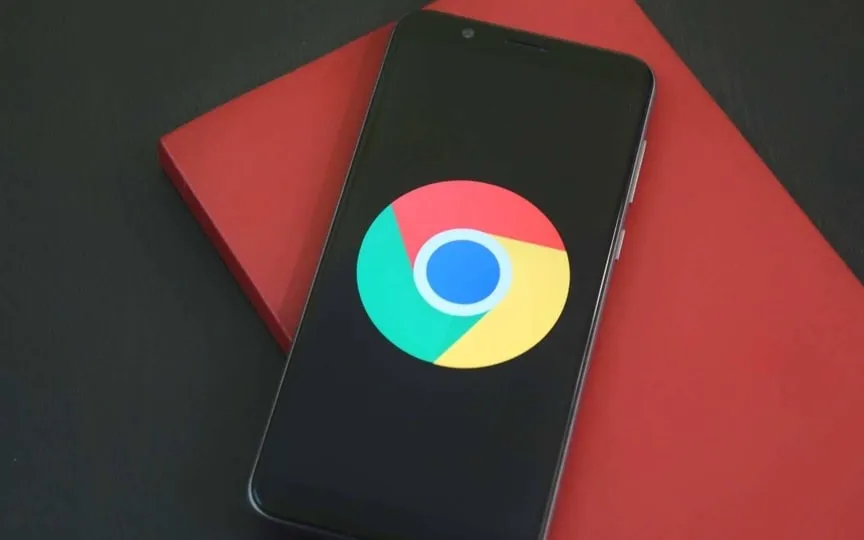Testing of carousel for New Tab Page and dynamic colors in Material You design underway for Google Chrome on Android
Google is bringing its Material You design to its Google Chrome for Android browser, following its initial introduction with Android 13. At Google I/O this year, the company revealed plans to incorporate the new thematic elements into additional applications to align with the Android 14 design standards. Currently, Google is testing two design-focused features for Chrome for Android, including a fresh carousel for the New Tab Page and dynamic color adjustments throughout the browser. These dynamic color tweaks align with Android’s latest design language.
According to a report by 9to5Google, the New Tab page is getting a major facelift. The carousel placed under the Google search bar on the page is improved to match your material. Previously, opening a new page in the browser would display a carousel containing 8 favicons arranged in a 4×2 grid in a rectangular space. Recently, the rectangle has been given rounded edges (unlike the run) and a thicker search bar. But now more changes are being made to the carousel.
“Chrome 120 is now testing a version of the new tab where the favicons are placed in a carousel showing four or five at a time,” the report says. With this new change, the carousel can hold up to 11 favicons.
Google Chrome for Android is getting design-driven changes
The changes to undertesting have not proven popular, with some reports calling them “unnecessary” and a “poorly managed space”. The biggest complaint comes from those who don’t use the Discover feature and find that the savings space is empty for them. Additionally, some users also don’t like the extra scrolling they have to do to get to the favorite icon they want.
Interestingly, Google Chrome last explored this idea last year, but abandoned it at the time. The reason for the same is not known.
Another change is coming to Google Chrome for Android tablets. The status bar above the tab strip (the topmost status showing the time, battery status, wifi connection, etc.) used to be black only. But now, under the Material You design, it’s tweaked and displays the browser’s dynamic color to give a more unified look.




